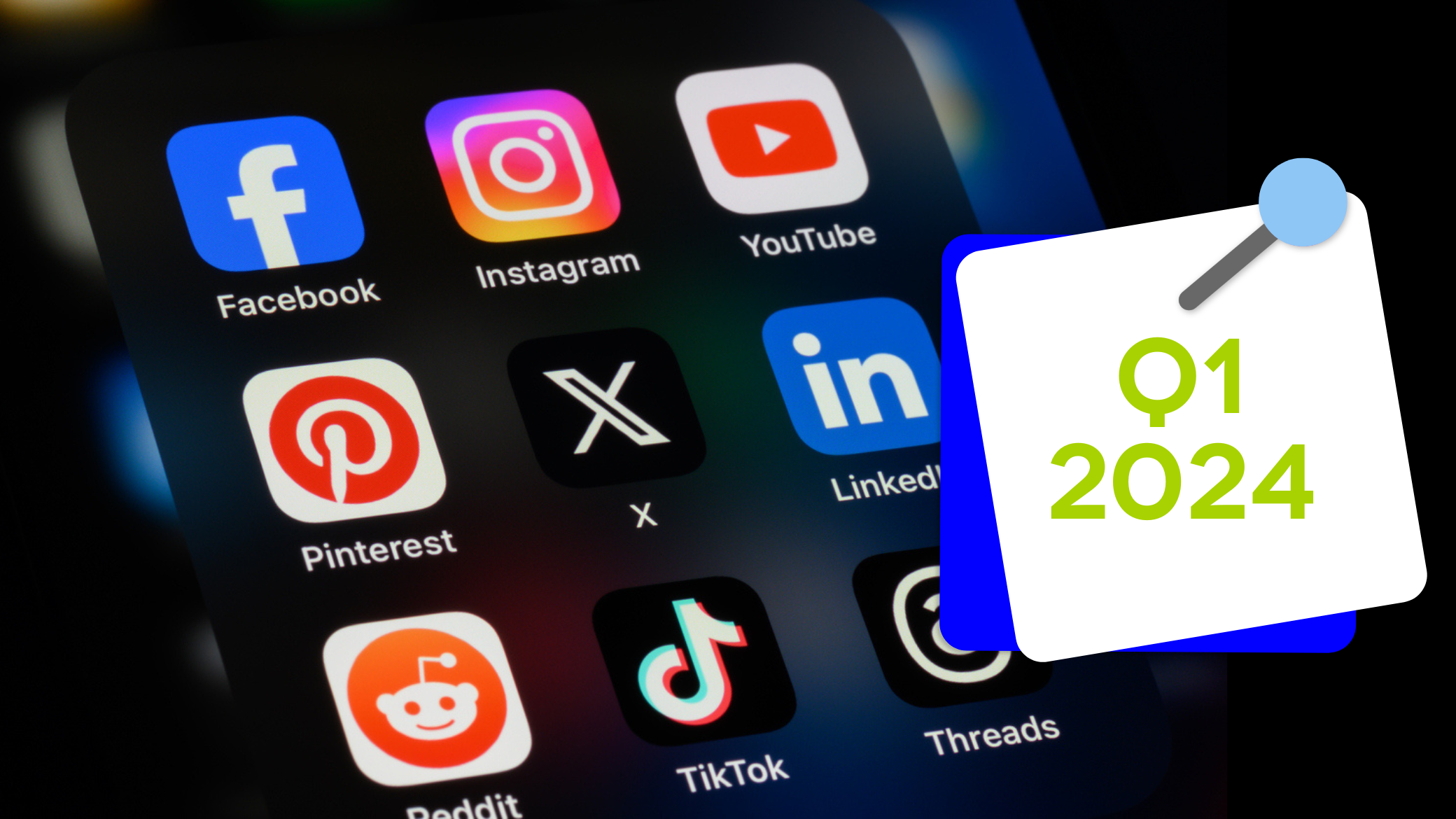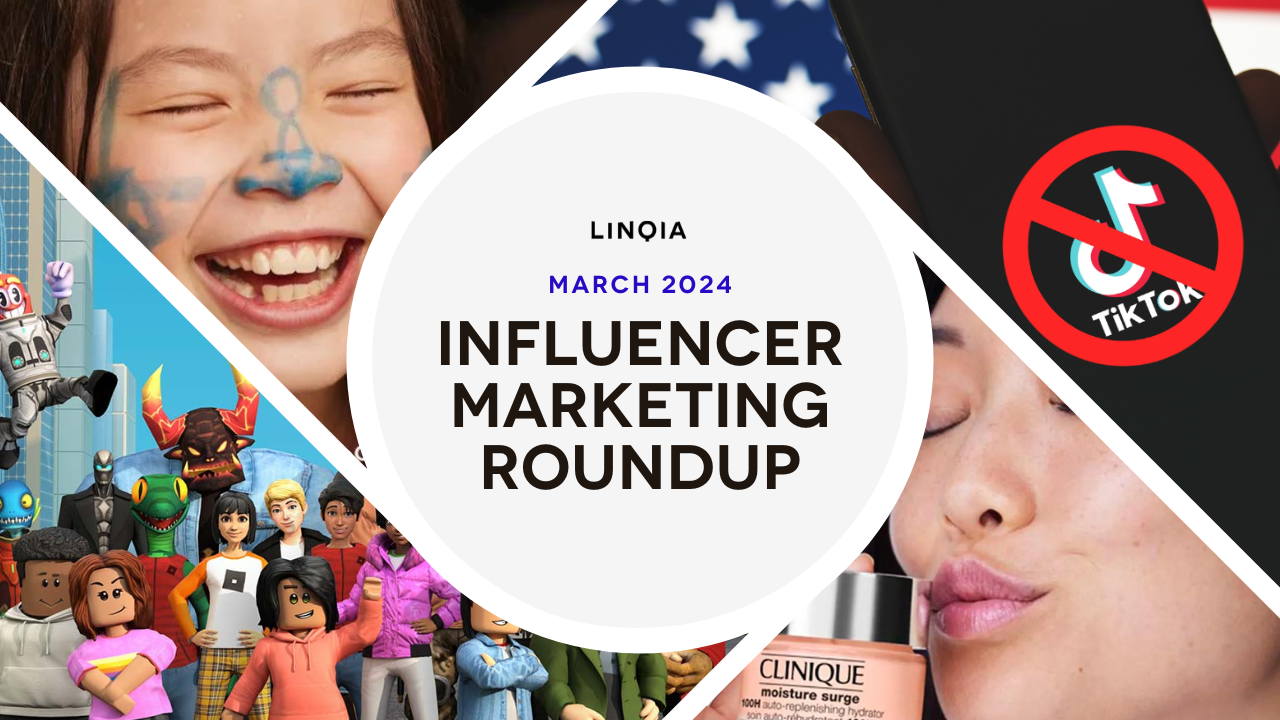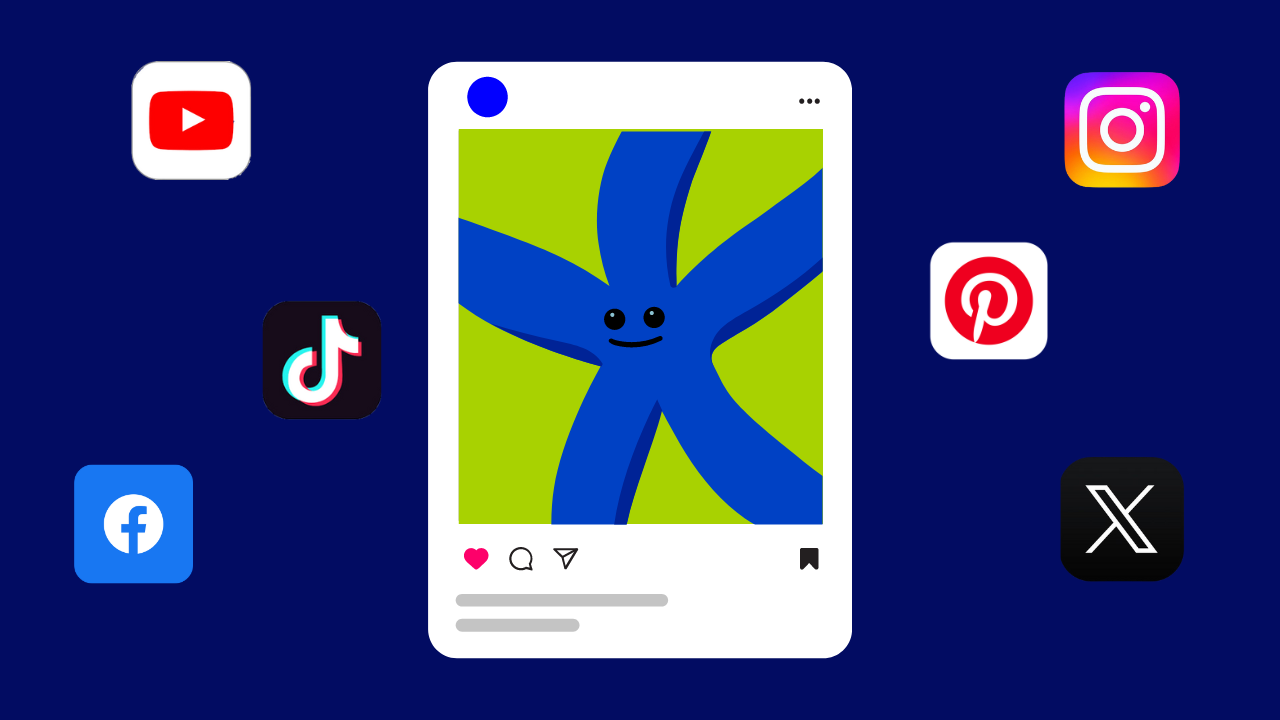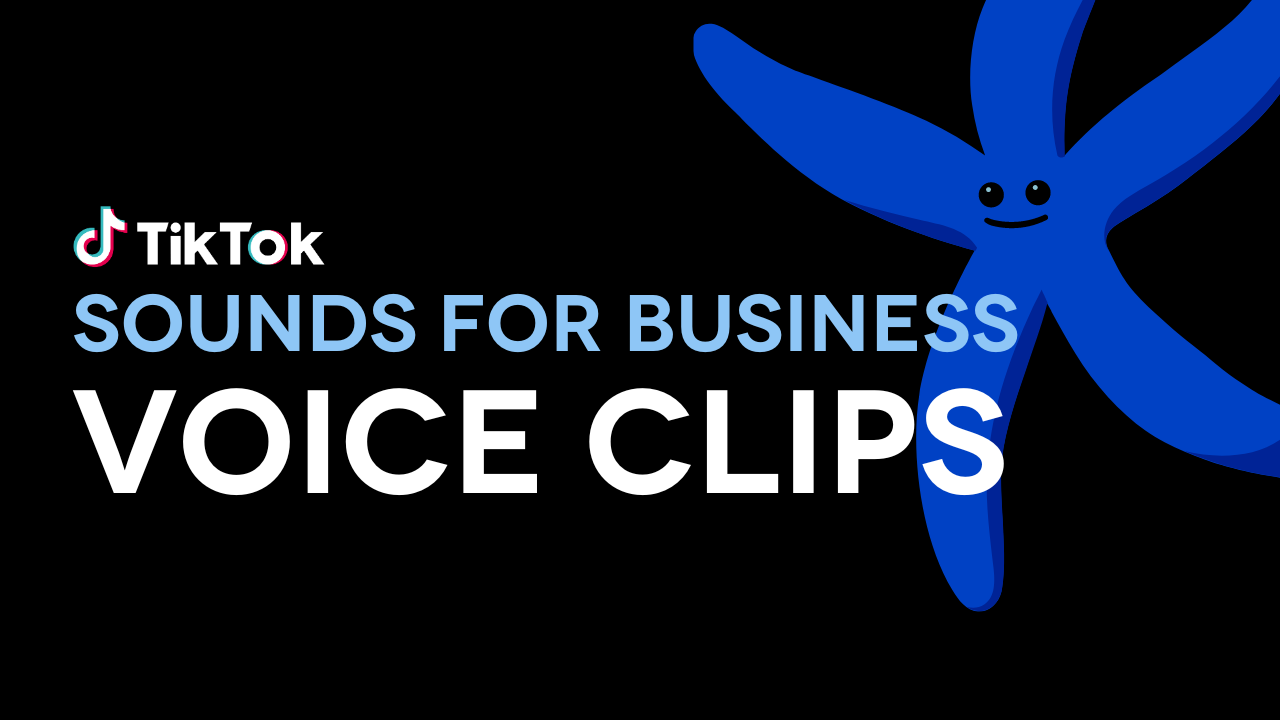A version of this article originally appeared in SocialTimes.
Consumers today have unprecedented access to an endless supply of information and opinions, resulting in dynamic shifts in their purchasing behaviors.
We live in the age of the empowered and always-on consumer, largely because social media has made it easier than ever for people to share their thoughts with a wider audience.
Social media is a staple in our daily routines–in fact, some studies report that people check their social accounts up to 17 times per day, with Generation Z spending a whopping nine hours per day consuming media, according to Common Sense Media.
But society’s addiction to social media has made it extremely challenging for brands and marketers to know which channels to be on and what content will inspire action in their target audiences. With only one brand message, how can brands be nuanced enough to effectively communicate with consumers who constantly change their interests, preferences and behaviors?
When used correctly, influencer marketing can solve this challenge by serving as an always-on content lab.
By design, influencer marketing and content creation go hand in hand, which makes influencer marketing especially appealing to the 50 percent of business-to-consumer marketers that cite creating engaging content as a top challenge.
A strategically constructed influencer marketing program can reach millions of targeted consumers through thousands of pieces of user-generated content, all put into market at the same time and then tested for effectiveness.
For the cost of one traditional media buy or contracted piece of professionally produced content, brands can activate hundreds of influencers and fill their content lab with thousands of pieces of creative in a matter of days or weeks, not months.
Influencer content is valuable because each piece is unique and produced in the same style that made the influencer successful in the first place, while presenting the brand’s core message or product in a manner that resonates with the influencer’s audience. Whether it be engaging personal stories, opinions or reviews, the content establishes an emotional connection between influencer and audience and is a powerful tool for inspiring action
A study by Offerpop reports that 50 percent of consumers find UGC more memorable than brand produced content, resulting in five times greater click-through rates and a 10 percent increase in conversions when included in the purchase path.
While the process seems simple enough, getting it done right requires a deeper understanding of the influencer landscape. Not all content is created equal because not all influencers are equal. Knowing the difference between the various categories of influencers can help determine which influencer type is right for your content strategy. Influencers can be broken down into three categories:
- Micro-influencers: People who have influence over their immediate circle of friends, family and colleagues. While powerful for grassroots mobilization and activation efforts, they have limited reach and can only influence those in their close circles.
- Celebrities/top-tier influencers: Celebrities and social media stars with millions of followers. These influencers have a massive reach potential but come with a hefty price tag and no guarantee that their followers will engage with, or even see, the content.
- Power-middle influencers: people who have built organic social followings of between 10,000 and 250,000. Power-middle influencers have a close knit community that follows them because they trust their reviews and opinions, making them more likely to take action, listen, and engage.
While most national brands work with a mix of influencers, power-middle influencers are a particularly good fit for a content lab strategy because they have built their followings through a proven ability to create impactful and inspiring content.
If a brand runs a power-middle influencer marketing program, the marketer effectively kills two birds with one stone, using early campaigns to identify the best performing content for driving awareness, engagement and product sales. Once this content has been identified, the marketer can then scale the success of the program using paid social media–an effective strategy considering the fact that 83 percent of consumers take action because of trusted recommendations, according to Nielsen, and 71 percent of consumers likely to purchase an item based on social media referrals.
Society moves at the speed of culture. A trend can disappear just as quickly as it appears. In order to keep up, brands must invest in a strategy that embraces the economies of scale in influencer marketing, letting influencers (and their audiences) determine what content will resonate best with a specific demographic.
When this approach is used continuously over time, influencer marketing provides brands with a treasure chest of relevant, authentic and evergreen content that has proven it will drive results.




